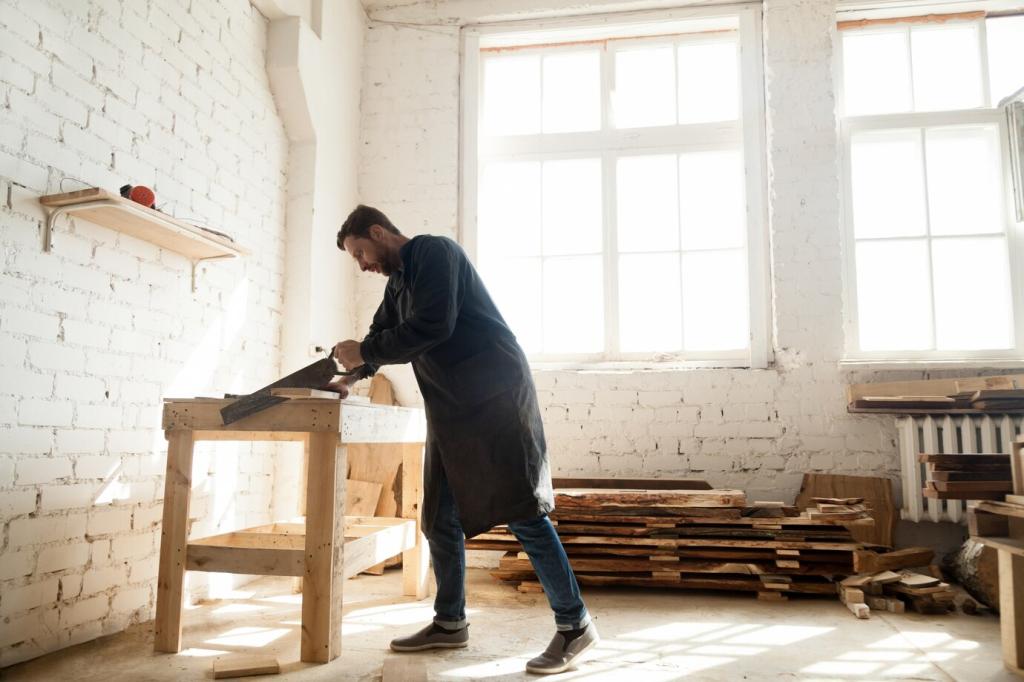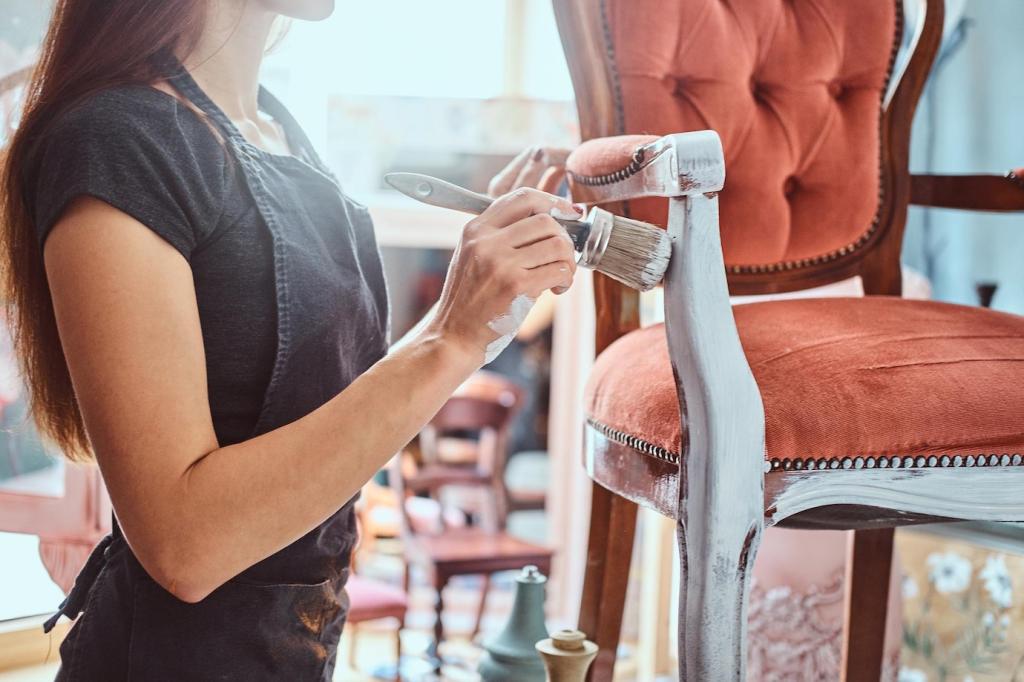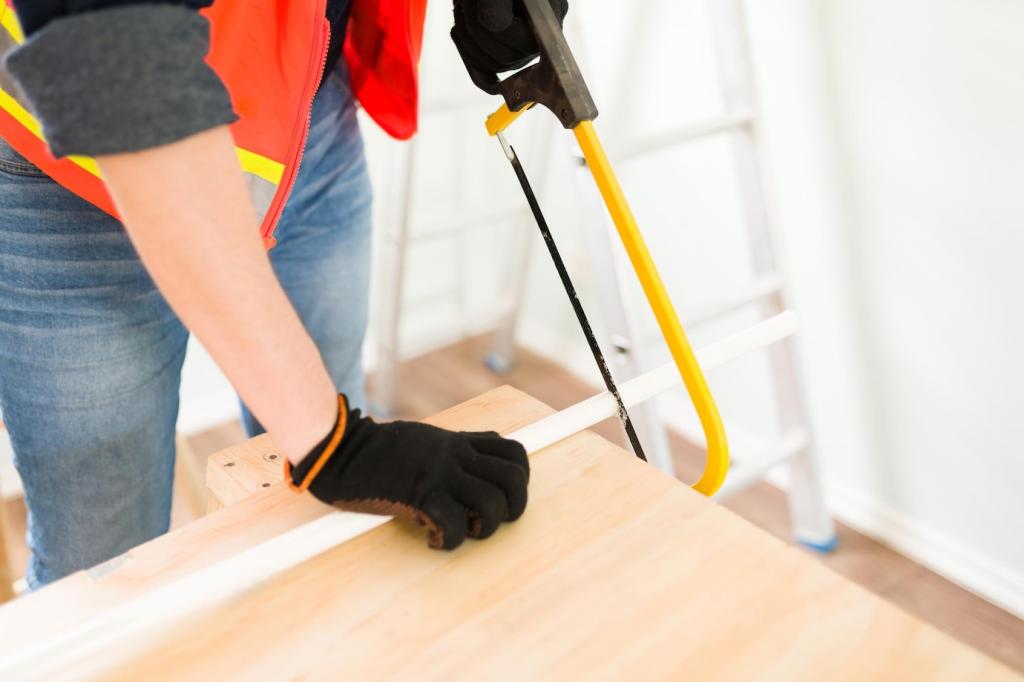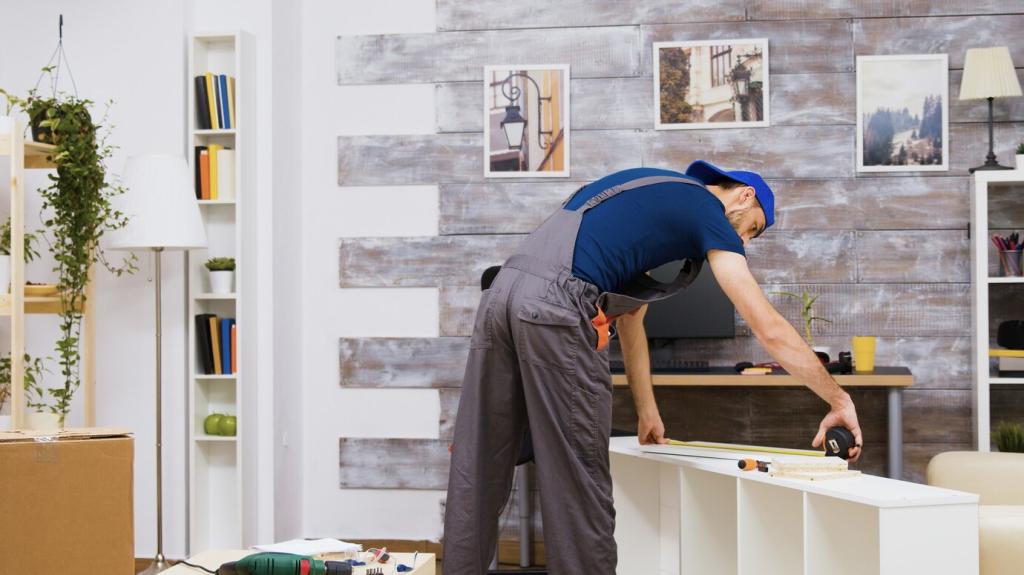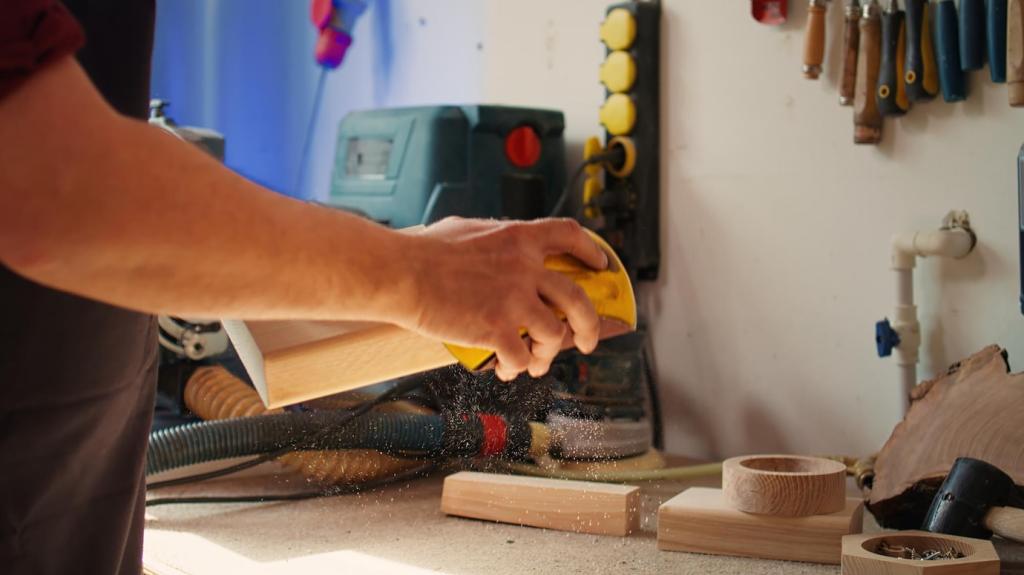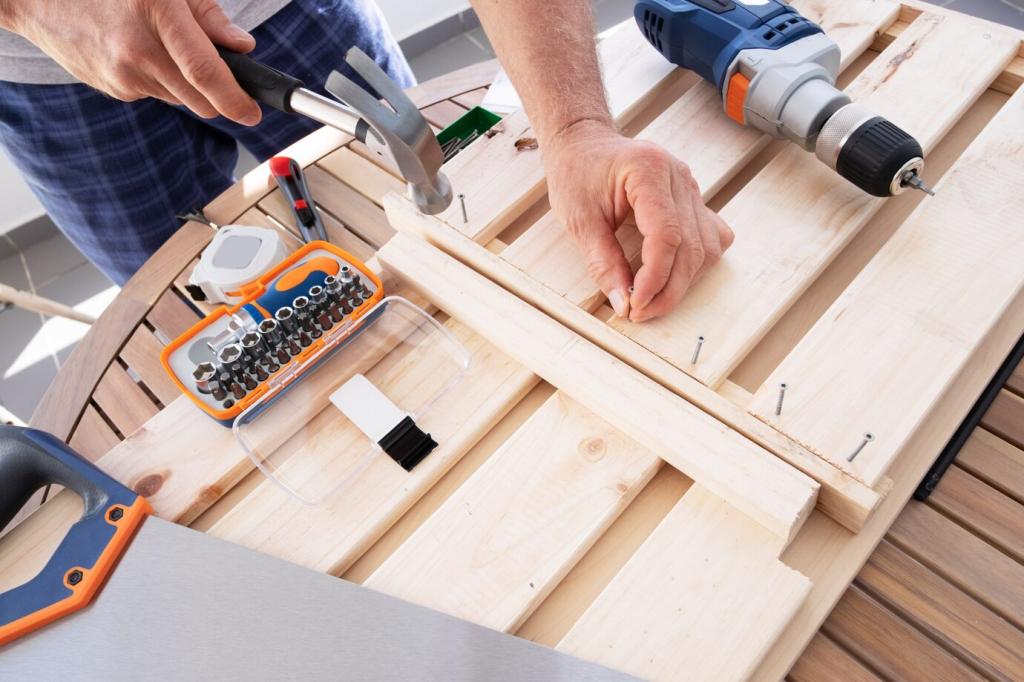Seasonal Checklist and Storage Wisdom
Increase dusting during pollen season, rotate rugs to balance wear, and add UV film or sheers to protect fading fabrics. Lighten throws to encourage airflow. Quick wipe-downs after open-window days catch grit early. What warm-weather habit helps your furniture stay bright and breezy? Tell us and inspire a neighbor.
Seasonal Checklist and Storage Wisdom
Dry air shrinks wood and stiffens leather. Bring humidity up, check felt pads before holiday gatherings, and vacuum upholstery more often as heavier fabrics shed. A grandmother’s cedar chest still smells sweet because it was aired gently each fall. Share a family habit that keeps your pieces cozy through winter.

